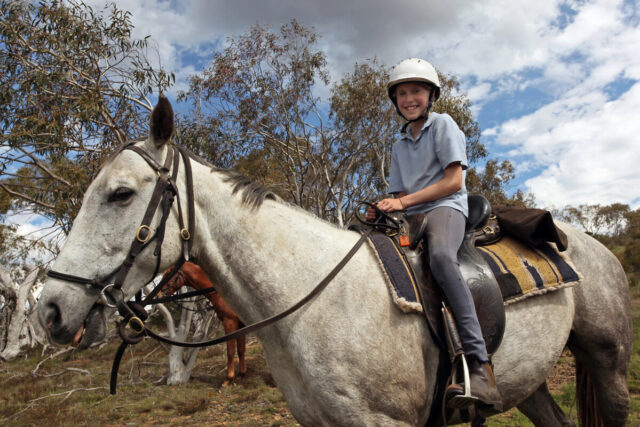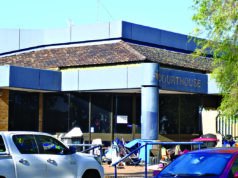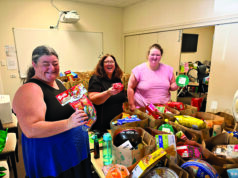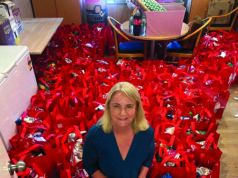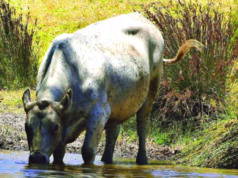When the state government poo-pooed the suggestion to locate its new emergency services training academy in Mardella, it triggered a rethink about what the Shire of Serpentine Jarrahdale could do with the site it had already set aside for it.
According to its officers, the shire acquired Lot 500 Lampiter Drive (formerly Webb Reserve) from the state government in 2019 as a ‘strategic land asset’. Its purpose was not defined other than that it would eventually be ‘optimised’ for the “best use to benefit ratepayers, including through alternative revenue streams for the shire”.
The problem, of course, is coming to a consensus about what that ‘best use’ would be – especially now that Plan A has been struck out.
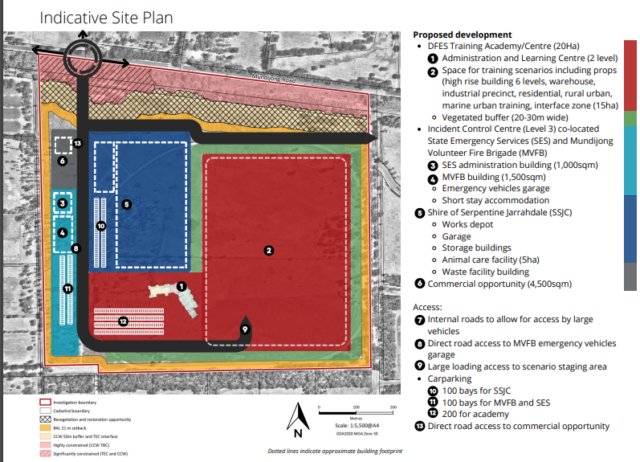
Should the land be painstakingly maintained and protected for public use? Used for new horse trails and an equine centre to further the shire’s ambitions to become an equine local government? Or sold off as private rural lots to alleviate the ongoing financial strain on ratepayers, à la the well-worn privatisation playbook?
Officers and councillors have been mulling it over for the better part of 10 months now, and are still not much closer to determining the site’s future.
But at this month’s council meeting, a decision was made to ask for the land to be rezoned from ‘reserve’ to ‘rural’.
Despite the unanimous final call, not all were of the same mind.
There was a fear from some that the shire was getting ahead of itself for the sake of expediency.
“My concern with the officer’s recommendation is that by allowing the rezoning of the entire site to go ahead before we have had the opportunity to create a suitable master plan and business plan, then we are putting the cart before the horse,” Deputy President Tricia Duggin said, after moving to stall the rezoning process.
“I do ask that my fellow councillors remember that once this land is zoned rural, we are heading down a path for divestiture of the land.
“And if we do that prematurely, it may be one of the greatest mistakes we as a council make.
“I agree, there is the opportunity for some of this land to be rural zoned, and to be horse properties. But being a horse owner, I can tell you that people don’t want a horse property unless they have easy access to horse trails and equestrian centres.
“We don’t want to be just another suburb that’s the next suburb on from Armadale. It is our equestrian that makes us special and we must do everything we can to keep that as part of our shire.”
Cr Nathan Bishop was also concerned about making a move without a game plan.

“Right now, we’re electing to rezone land without a clear and proper plan for what we intend to do with it,” he said.
“I think it’s best to be informed about what it is we will do with the land and what the financial implications will be for the ratepayer, before making a decision such as this one.”
But Cr Shaye Mack and President Rob Coales were sick of kicking tins down the road, with the matter deferred once already.
President Coales said concerns about the rezoning had been allayed in a recent ‘robust’ Policy Concept Forum.
“I feel like we’ve been looking at this one for a long time,” Cr Mack said.
“This land was bought with the purpose to invest and sell, to help create an income for our shire, and to help lower rate increases.
“So, I come back to rates – what are we doing to ensure we have the lowest rate increase possible?”
But Cr Duggin cautioned that applying this kind of short-term thinking meant the shire risked losing out in the long run.
“It concerns me that we talk about our ratepayers now and giving them a sugar fix and increasing the income for our shire, but if we lose our equine ability – if we have lots of five-acre farms but none of them have access to trails and equine centres, we will lose our horses. That’s what is happening in the northeast of the city,” she said.
But her arguments failed to win over the majority, and the council opted to request rezoning, and to green light a business case for the creation of a new master plan that explores the “potential for the site to be utilised for equine facility purposes, and how any portion outside this could be maximized for its highest and best use.”


